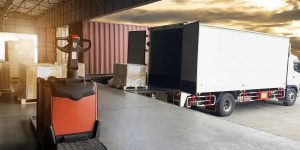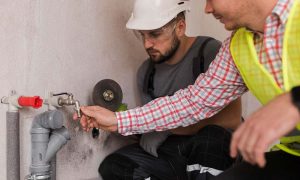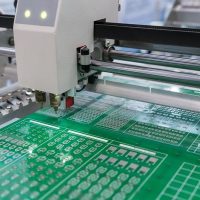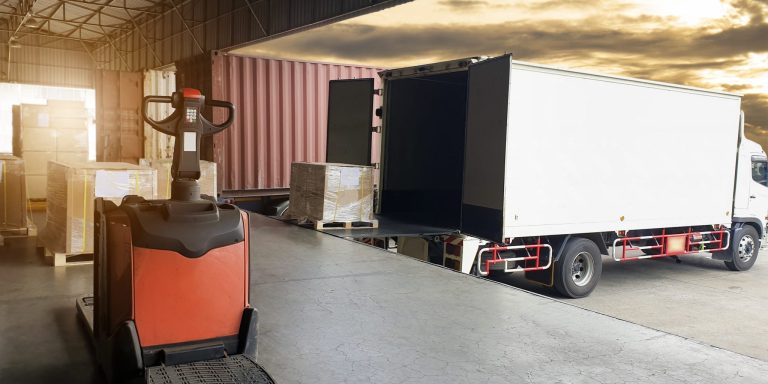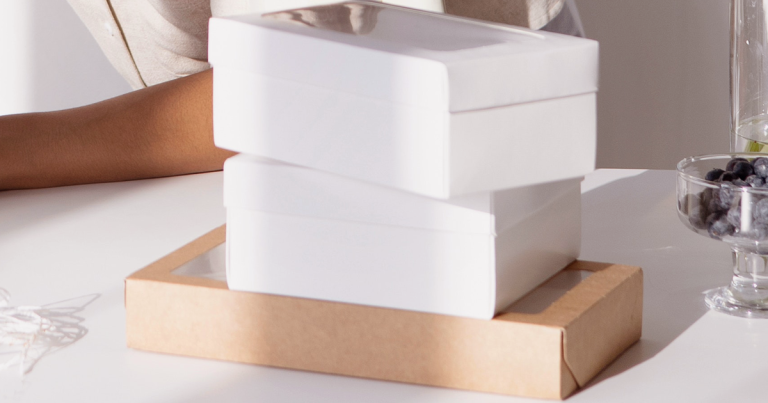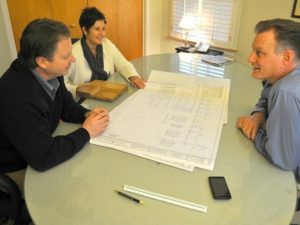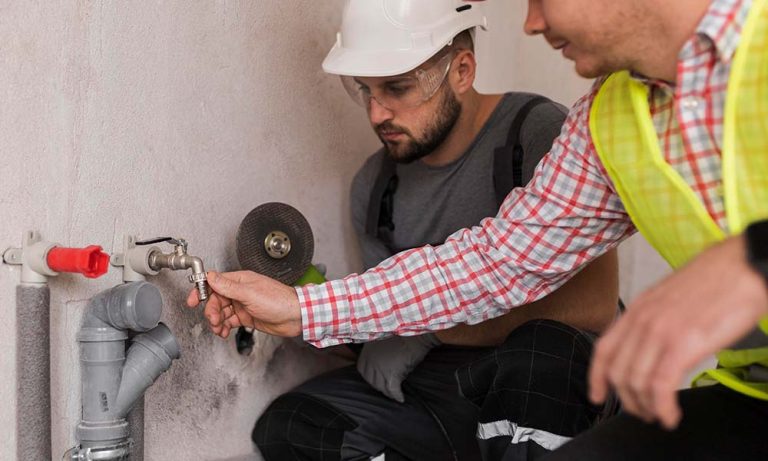Printed circuit boards (PCBs) are modules containing interconnected electronic components. These boards can be found in an array of electronic devices, including laptops, smartphones, common beepers, radios, and sophisticated radar systems. The circuits are made using a thin material, called substrate, printed or deposited on the insulating board’s surface. Electronic components get individually positioned on the substrate’s surface and soldered to the circuits interconnecting.
PCB Construction Types
Manufacturing PCB boards could be single- and double-sided or multi-layered. The single-sided board has the components on only one substrate side. If there are too many components for single-sided boards to handle, double-sided boards come into the picture. Inter-circuit electrical connections on either side are created by drilling holes via the substrate in the right areas and plating the holes’ insides with a conducting substance. Multi-layered boards’ substrate is composed of printed circuit layers separated by insulation layers. The surface components connect via plated holes drilled to the correct circuit layer.
Manufacturing PCB Boards – Materials Needed and Process Overview
The substrate used in PCBs is copper foil and fiberglass bonded to each other on either or both sides. Printed circuits are manufactured from copper, which are coated using a tin-lead layer to mitigate oxidation. Tin-lead, nickel, and gold are used to plate contact fingers for excellent conductivity. External components needed include capacitors, resistors, integrated circuit chips, diodes and transistors.
Processing and assembling of printed circuit boards are carried out in a clean space that’s devoid of contamination of any form. PCB manufacturers usually employ their proprietary processes; however, two steps are common across the board: making of the substrate, and plating and drilling of the holes.
Printed circuit patterns could be created using a “subtractive” or “additive” process. The additive process entails plating the copper or adding it onto substrate’s surface in a specific pattern, leaving the remainder of the surface not plated. The subtractive process, on the other hand, entails plating the entire substrate surface.
Other PCB board manufacturing stages include attaching contact fingers; fusing tin-lead coating; sealing, cutting and stenciling the panels; and mounting the components.
Quality Control
Electrical and visual inspections are done throughout the different manufacturing stages to identify flaws. A few of these defects are generated by automated machinery. For instance, components are at times not properly positioned on the circuit board or moved prior to final soldering. Other failings could be caused by applying excessive solder paste, which could lead to excess solder flow across adjoining printed circuit routes. Solder heating done too quickly in the ultimate reflow process could lead to a “tombstone effect”, wherein one component end rises off the board and does not make contact.
The finished boards are tested for functional performance too to make sure the result is within required limits. Some boards could undergo environmental tests to ascertain how they perform under extremes of humidity, impact, vibration and heat.
Safety Considerations
The solder used for creating PCB electrical connections contain lead, a toxic material. Fumes released from the solder can be extremely hazardous to health, which makes it vital to carry out the soldering operations within a closed space. Most importantly, the fumes should be given proper extraction and cleaning prior to being released into open air.
Several PCB-containing electronic products become obsolete or outdated within a year or two. The chances of these obsolete items settling down in landfills have had several environmentalists worried. Electronics recycling efforts comprise refurbishing older items and reselling those products to buyers who cannot afford the latest and greatest electronics. The remaining electronic products are undone and the parts recovered are either reused in other items or sold as spares.
Need some built for yourself? Click here!



